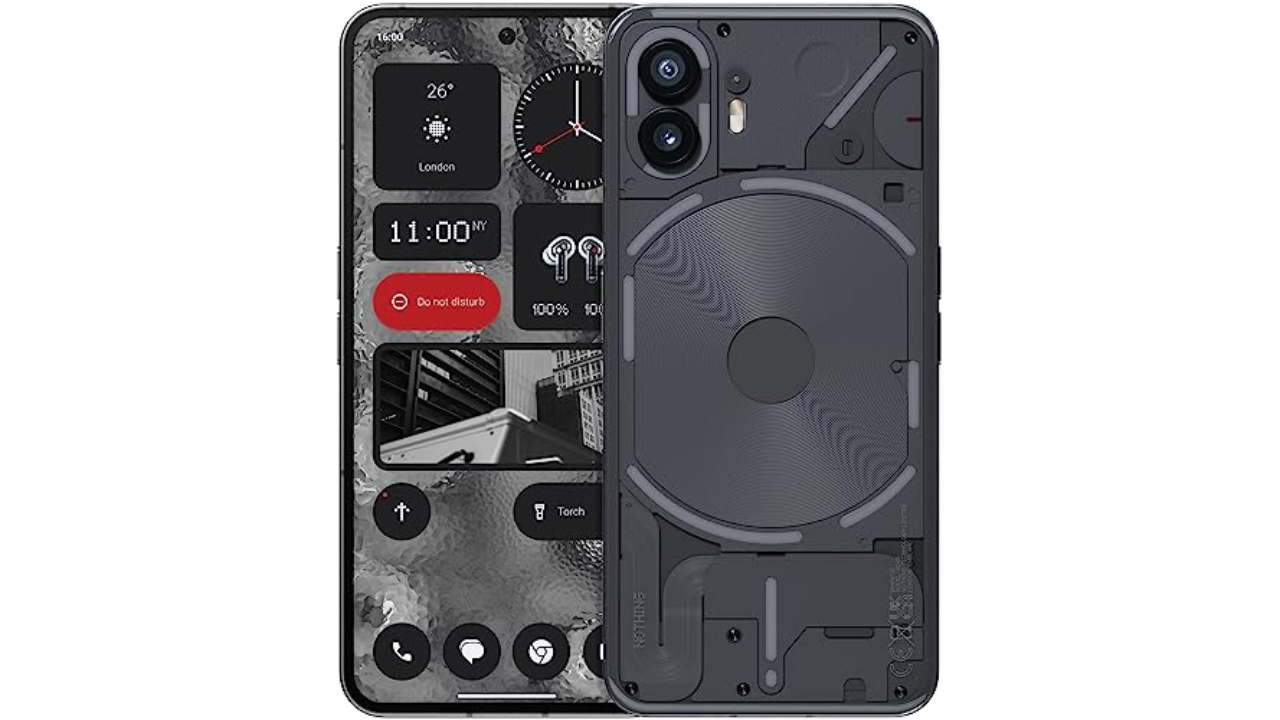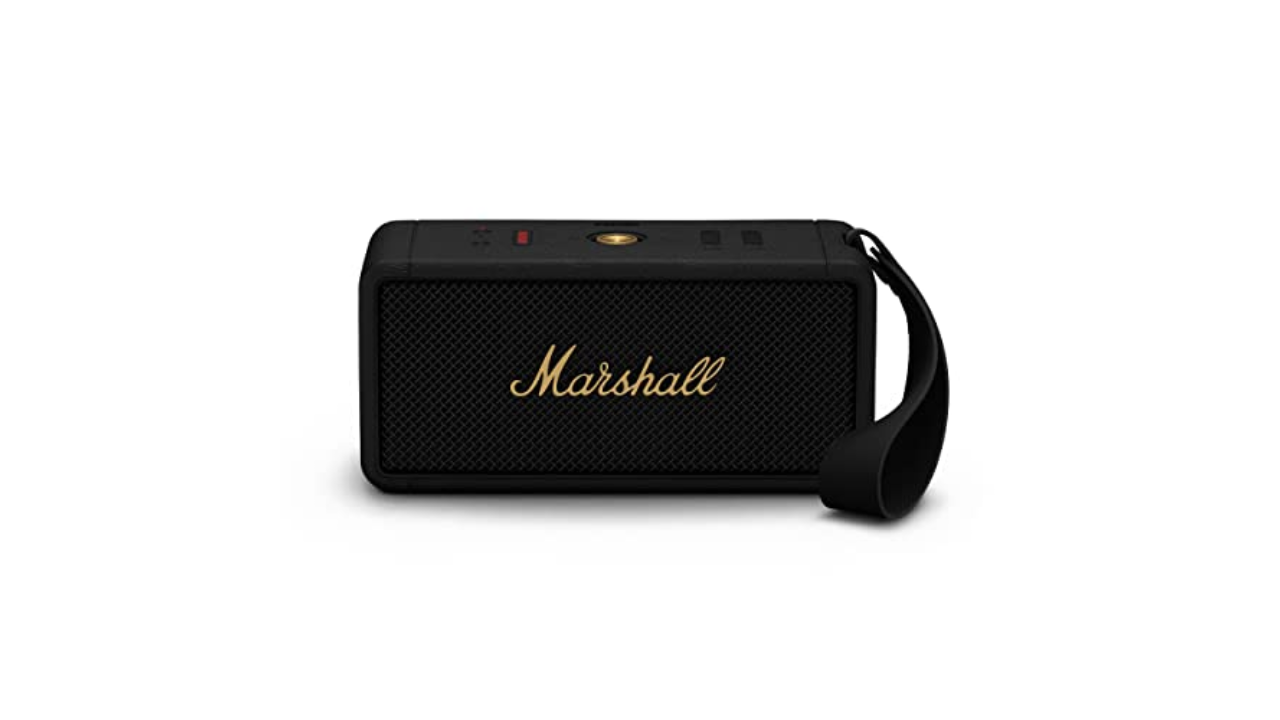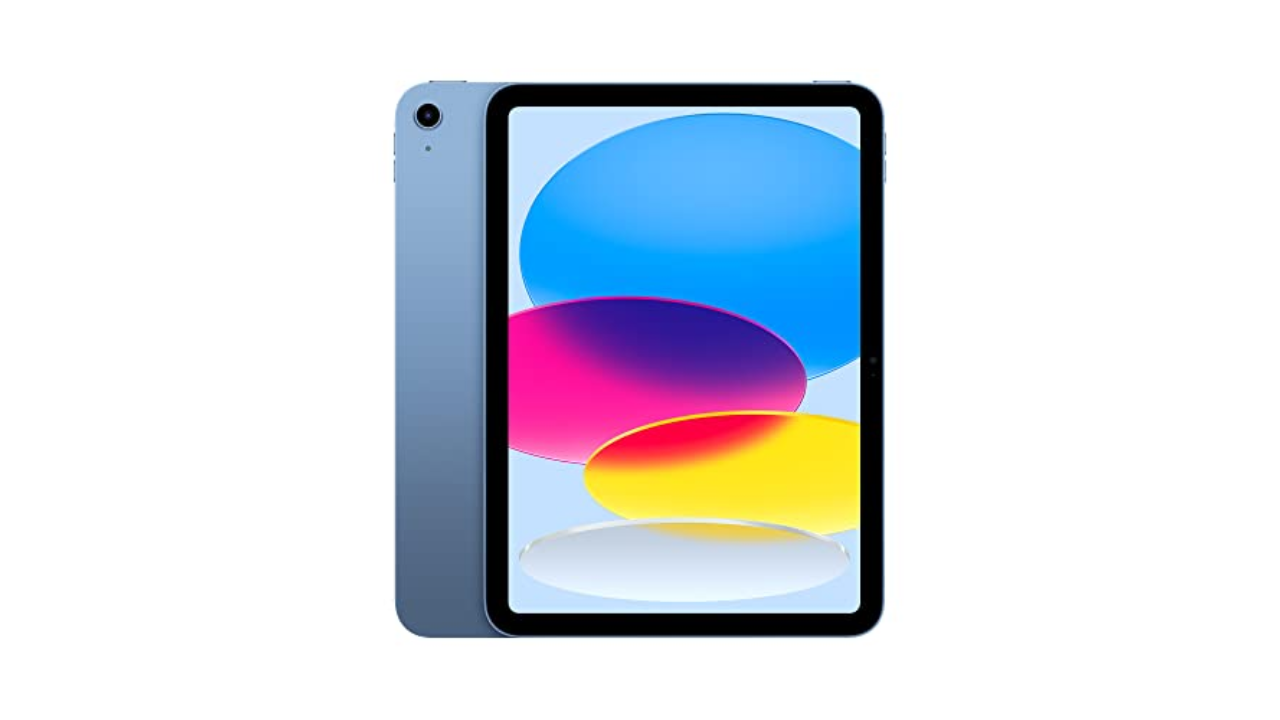[ad_1]
Even though we at Engadget test and review a number of new Windows laptops every year, the cheapest notebooks don’t often make headlines. You won’t find pricey panels on these machines, nor will they include the latest high-powered graphics cards or ultra thin-and-light designs. But they have their place and can do a lot of things well. And it’s worth noting that not everyone needs a pro-level laptop — they just need the best machine that will fit their budget.
Companies like Acer, Dell and Lenovo make plenty of cheap Windows laptops that can be great for those who primarily use a computer to check email, shop online and occasionally video chat with friends and family. They can also be great for kids who have no business touching their parents’ pricey daily driver. We’ve tested a number of budget-friendly Windows notebooks — these are our favorites below, and we outline some buying advice for anyone looking for a cheap Windows laptop that balances capability with affordability.
What about Chromebooks and tablets?
You may be inclined to recommend a Chromebook or a tablet to anyone considering a budget Windows laptop. Those instincts aren’t wrong, but Chromebooks and tablets aren’t the best buy for everyone. Tablets have the most portability, but they will only work for the most mobile-competent users like kids who have been grabbing smartphones out of their parents’ hands since they’ve been dexterous enough to do so. Tablets can also be just as expensive as some of the cheapest Windows laptops, and that’s without a mouse or keyboard.
Chromebooks are a good alternative for those that basically live in a browser, the trade-off being you must give up the “traditional desktop.” And Chrome OS is a more limited operating system than Windows when it comes to the programs you can install and run.
What Windows laptops do well
What can you realistically accomplish on a cheap Windows laptop? Quite a bit, especially if you’re doing one thing (or a limited number of things) at a time. They’re great for web browsing, checking email, video streaming and more. All of those things can be done on Chromebooks as well, but Windows laptops have a big advantage in Microsoft Office. While yes, there is a browser based version, the native, desktop apps are considered a must have for many and will run smoothly on even the most bare-bones budget laptop. The only caveat is that you may run into some slowdown on low-powered devices if you’re multitasking or working with large data sets in Excel or a lot of photos and graphics in Powerpoint.
When it comes to specs, a bright spot for Windows laptops is storage. Even the most affordable devices tend to have at least 128GB SSDs. That will come in handy if you prefer to keep your most important files saved locally on your laptop. In contrast, cheaper Chromebooks often have less storage because they’re built on the assumption that you’ll save all of your documents in the cloud. Not only is that less convenient when you need to work offline, but it also limits the size of programs and files that you can download. So, Chromebooks aren’t the best for hoarding Netflix shows before a long trip or for use as a gaming laptop.
Windows also has thousands of apps that you can download from its app store. Chromebooks have some Chrome apps, numerous browser extensions and the ability to download Android apps, but quality control is… inconsistent. Android apps, in particular, often haven’t been optimized for Chrome OS, which makes for a wonky user experience. Windows may not have as many apps as Android, but at least the experience is fairly standard across the board.
Windows also gives you the ability to download and use programs from other sources, like direct from the developer. You can run things like Adobe Creative Suite, certain VPNs and programs like GIMP, Audacity and ClipMate on a Windows device, which just isn’t possible on Chrome OS. Chromebooks limit you to the apps and programs in The Play Store and the Chrome Extensions store, reducing any others to unusable, space-sucking icons in your Downloads folder.
What to look for in a budget-friendly Windows laptop
While you can do a lot even when spending little on a Windows laptop, you must set your expectations accordingly. The biggest downside when purchasing a budget laptop (of any kind, really) is limited power. Many Windows laptops under $500 run on Intel Celeron or Pentium processors, but you can find some with Core i3/i5 and AMD Ryzen 3/5 CPUs at the higher end of the price spectrum.
Specs to look for in a sub-$500 Windows laptop
We recommend getting the most powerful CPU you can afford because it will dictate how fast the computer will feel overall. RAM is also important because, the more you have, the easier it will be for the laptop to manage things like a dozen browser tabs while you edit a Word document and stream music in the background. However, with sub-$500 laptops, you’re better off getting the best CPU you can afford rather than a laptop with a ton of RAM because the CPU will have enough power to handle most tasks that cheap Windows laptops are designed for (If you’re editing RAW images or 4K video, you’ll want to invest in more RAM… and a laptop well above $500).
When it comes to storage, consider how much you want to save locally. If you primarily work in Google Docs or save most things in the cloud, you may not need a machine with a ton of onboard storage. Just remember that your digital space will also be taken up by apps, so it may be worth getting a little extra storage than you think you need if you know you’ll be downloading big programs. A final side note: SSDs are ubiquitous at this point, not to mention faster and more efficient than HDDs, so we recommend getting a laptop with that type of storage.
You also don’t have to settle for an entirely plastic notebook either. There are options in the sub-$500 price range that are made, at least in part, with metals like aluminum. Those will not only be more attractive but also more durable. As for screens, there’s a healthy mix of HD and FHD options in this price range and we recommend springing for a notebook with a 1080p display if you can. Touchscreens aren’t as common in the under-$500 space as standard panels, but you’ll only really miss one if you get a 2-in-1 laptop.
See Also:
A final note before we get to our picks: The best cheap laptop models change all the time. Unlike more expensive, flagship machines, these notebooks can be updated a couple times each year. That can make it hard to track down a specific model at Amazon, Best Buy, Walmart or any other retailer. Also, we’ve seen prices vary widely depending on the configuration and retailer you’re looking at. We’ve listed some of our current favorite models below, but if you can’t find any of them available near you, just keep in mind our list of specs to look for in a cheap laptop – they’ll guide you to the best machines available at the moment.
Acer’s Aspire 5 series has been a reliable, budget-friendly pick for quite some time now. Most recently, we tested out a model that had a 14-inch 1080p display and runs on an 11th-gen Intel Core i3 processor, 8GB of RAM and has 256GB of storage. Currently, you can pick up a model with a 15.6-inch display, an 11th-gen Core i3 processor, 8GB of RAM and a 128GB SSD for around $300-$400.
Performance on our review unit was similar to the previous Aspire 5 model that we tested, the display is good and the keyboard offers a comfortable typing experience. The latest Aspire 5s support Wi-Fi 6, and most models have a nice variety of ports including one USB-C (that’s separate from the power back), three USB-A, an HDMI connector and a (gasp) Ethernet port. Battery life is solid as well: this model gets an average of 10 hours of battery life. On the previous version, we were clocking in roughly six, so this is a much-needed improvement.
- Good performance for the price
- Includes a variety of ports
- Supports Wi-Fi 6
- Improved battery life
Lenovo’s Flex 5 14 is a good alternative if you want a more portable cheap laptop with a battery life that will keep you going all day long. It runs on an AMD Ryzen 3 4300 processor, with 4GB of RAM and a 128GB SSD, and it’s accompanied by a 14-inch 1080p IPS display and an array of ports that includes one USB-C connection. If you care about future-proofing, that USB-C port will be critical.
The typing experience is also top-notch: while it doesn’t have a number pad, its keys have that rounded-bottom shape that’s similar to keys on Lenovo’s ThinkPad machines. They make a satisfying clicking sound while you’re typing, but they’re not loud enough to bother those around you.
And despite being a budget laptop, the Lenovo Flex 5 14 isn’t flimsy. The palm rests don’t creak under pressure and it’s easy to carry this machine one-handed around a room. I also appreciate its convertible design, which gives you more flexibility. And like most Lenovo machines, the Flex 5 14 has a webcam that you can cover with a physical shutter.
The Flex 5 14 also has the upper-hand over the Aspire 5 when it comes to battery life: The former lasted about 16.5 hours in our testing, whereas Acer’s machine lasted roughly 10 hours. That makes the Lenovo option the clear winner if you’re looking for a laptop that can last all day and then some.
- Comfortable keyboard
- Convertible design
- Long battery life
Read our full review of the Surface Laptop Go 3
We’d be remiss if we didn’t mention the Microsoft Surface Laptop Go 3 here, even though it starts at $800. It has one of the best designs you’ll find on any cheap Windows notebook, with a slim frame, minimalist aesthetic, thin bezels surrounding its 12.4-inch PixelSense touchscreen. While we would have preferred to see a true 1080p panel on a device like this, the 1,536 x 1,024 resolution on the laptop’s display is just fine and still pretty crisp and bright.
The Laptop Go 3’s design isn’t too much different than the previous model, which is a good thing. In addition to its ultraportable look and feel, it also has a stellar keyboard and a great trackpad — two things that are staples in the Surface lineup. The port situation could be better, but that’s often the case with thin-and-light laptops like this. The notebook has one USB-A connection, one USB-C port, a headphone jack and a Surface charging port.
The biggest changes are internal, with Microsoft giving the Laptop Go 3’s specs a decent bump. The base model has a 12th-gen Intel Core i5 processor, 8GB of RAM and a 256GB SSD. The additional RAM is key here, since the base model of the previous generation only came with a paltry 4GB of memory. While the Surface Laptop Go 3’s $800 starting price is more than our other top picks, its justified given its upgraded specs — and that’s still cheaper than most flagship laptops anyway.
- Elegant design
- Stellar keyboard and trackpad
- Good performance
- More on the expensive side
[ad_2]
Source Article Link








